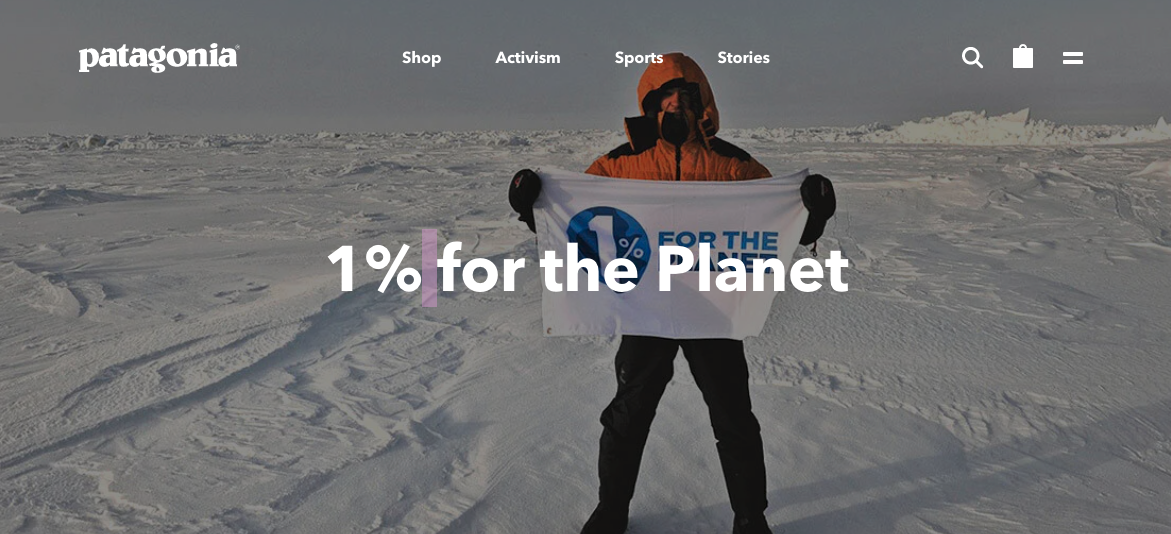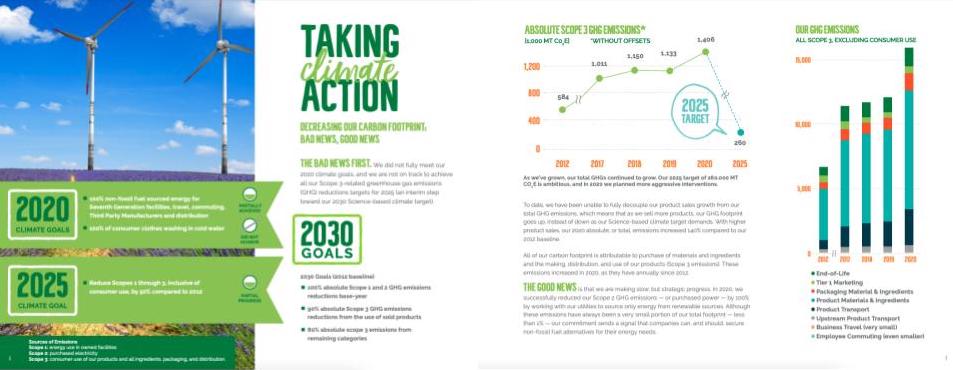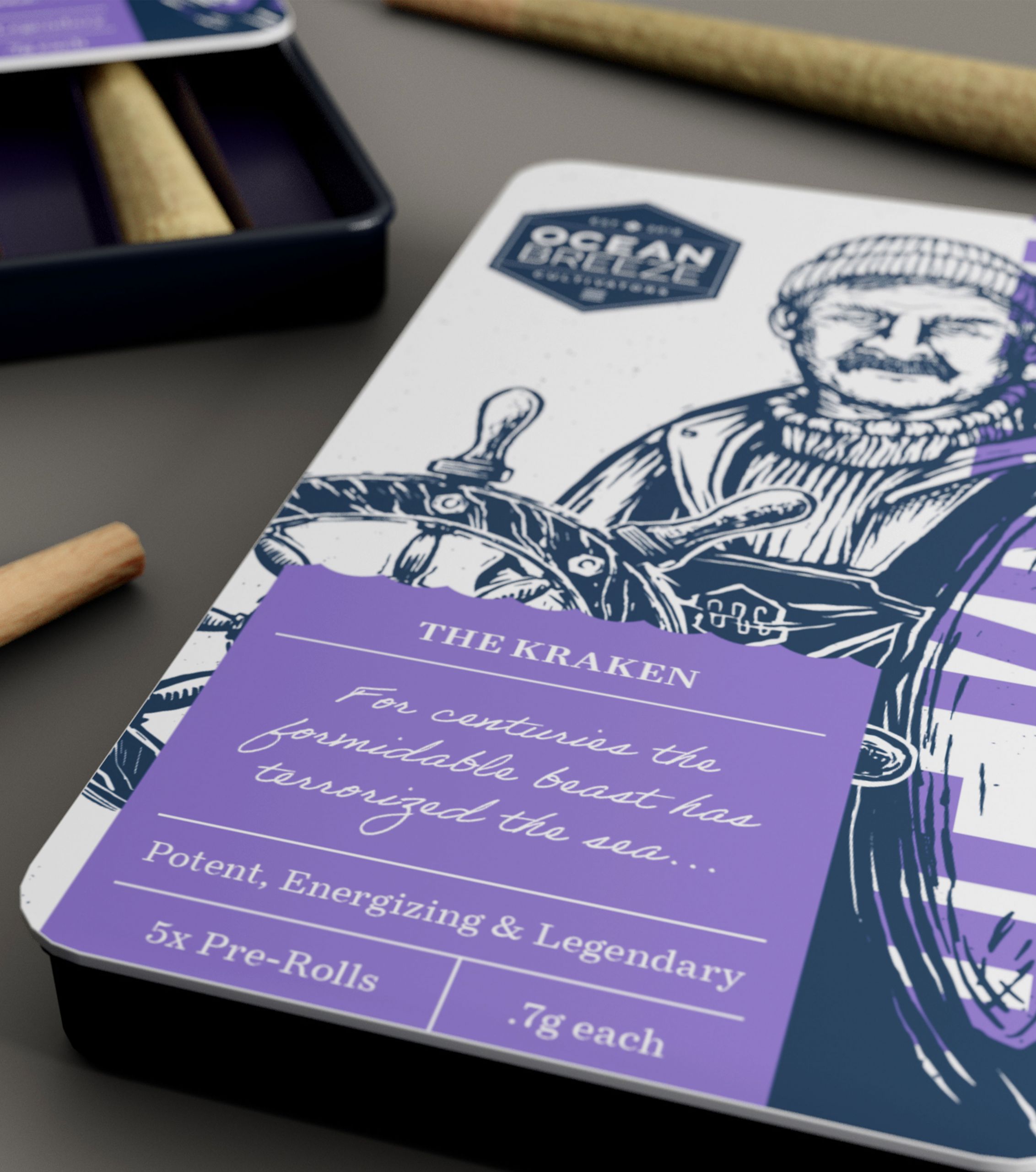Purpose-driven marketing: a trend to change the world in 2022.

Purpose-driven marketing strategies are on the rise, and it’s no wonder why: consumers are looking to make an impact with their purchases, and brands are seeking ways to appeal to this growing segment of their customer base. And for many companies, purpose-driven marketing initiatives aren’t just about great PR—they’re about changing lives.
These types of campaigns have been on the rise for a few years, but they are especially relevant going into 2022 considering the social issues, environmental challenges, and awareness towards health and wellness that the last year has left in its wake.
Recent studies have found that societal impact and ethics are the most common reasons why millennials change their relationships with businesses. In fact, 42% of millennials surveyed said they would start or deepen their relationship with a brand whose products and services positively impact the environment or society.
This is a key takeaway as millennials are now the largest consumer group in the United States (with Gen Z following closely behind) and buying trends indicate they are not just choosing a company or product based on quality, price, or convenience—but also because they see a deeper connection between themselves and the brand itself.
Word to the wise? A purpose-driven brand is a lifestyle brand. We are entering an age of radical transparency, where brands clearly advertise how their customers can be more than just buyers—they can be catalysts of change.
But be warned: lofty ambitions that are poorly executed will do more damage than good for your brand. Here are three smart strategies for running a successful purpose-driven campaign.
Step One: Choose a purpose, cause, or movement that is relevant to your brand.
Disingenuous purpose-driven campaigns are obvious to most consumers. Choose a cause that’s relevant to your brand or industry, and then make sure that connection is clear throughout your campaign’s messaging.
EXAMPLE: PATAGONIA, 1% FOR THE PLANET


- The Purpose: Donate 1% of sales back to the environment—whether or not the company has been profitable.
- The Campaign: Patagonia is well-known for being a purpose-driven brand, beginning with its founder’s commitment in 2002 to consistently giving back to the environment. The campaign, 1% for the Planet, is now a fully-fledged global movement backed by nonprofits, businesses, and individuals who have made the same pledge: 1% of income to help tackle the planet’s most pressing environmental issues.
- Our Takeaway: When crafting a purpose-driven campaign, start by understanding your brand’s core values. Be able to articulate them in a sentence or two and use them consistently throughout the campaign. Take it a step further by knowing who your audience is, understanding what their core values are, and how they want to feel when making purchases.
Patagonia has seen incredible success with its campaign, not only because environmental issues are directly relevant to their outdoor apparel brand, but also because they’ve successfully communicated that protecting our planet’s resources is relevant to everyone—businesses and individuals alike.
Step Two: Explain the issue or cause and WHY it matters.
Develop a clear and focused messaging strategy to describe the issue or movement your brand is supporting and how it relates to your brand’s core values. Your consumer base will want to know why they should care—so tell them why this cause is important.
EXAMPLE: TOMS, ⅓ OF PROFITS FOR GRASSROOTS GOOD


- The Purpose: Invest 1/3 of profits in grassroots efforts, like organizations creating change at the local level, and driving progress from the ground up. TOMS has a vision of a thriving humanity—something they can only achieve through the relentless pursuit of equity.
- The Campaign: TOMS passes the mic to people creating change at the grassroots level in a mini-series called “The School of Grassroots Good,” which was launched across their social media platforms. This series amplifies marginalized voices and promotes healthy discussion of important issues like mental health, social activism, and more.
- Our Takeaway: Put your brand behind the cause, not in front. Educate your consumers on the cause you’re supporting by lending your brand’s platform to the people who are leaders in that space. Not only will the importance of the movement be communicated more effectively, but the campaign will feel more genuine coming from those directly impacted by the cause.
Step Three: Be genuine and transparent about how your brand is contributing to change.
Remember the phrase “radical transparency”? Well, here’s where it takes the lead. Buck outdated norms and clearly delineate what specific actions your brand is taking to make positive change.
EXAMPLE: SEVENTH GENERATION, #GenerationGood


- The Purpose: Transform the world into a healthy, sustainable, and equitable place for the next seven generations.
- The Campaign: Throughout their marketing, Seventh Generation puts their brand’s core values front and center. From product labels touting catchy, eco-conscious taglines like “Powered by Plants” and social media campaigns calling for immediate climate action, their intent is clear: develop #generationgood, starting with their core consumers. This campaign not only includes their consumer in their brand’s purpose but also challenges them to take small, everyday actions to nurture their families and protect the planet.
Most impressive, however, is the brand’s commitment to transparency. It doesn’t take a lot of digging to find annual reports that cover the good details as well as the bad. They’re honest and direct about their impact—and it’s resonating with their consumers with almost 20k posts under the #generationgood hashtag on Instagram alone. - Our Takeaway: Be focused and unflinching in your brand’s honesty—it will pay off. Make data readily available to your consumers that show how your brand is impacting their world.
Everyone wants to feel like they’re part of something bigger than themselves. Consumers—millennials in particular—are seeking to make a difference through the purchases they make. Purpose-driven marketing can be an effective tool for building brand loyalty and attracting new consumers to your company, especially if your brand shares their values. And who knows—your brand might even change the world for the better.


